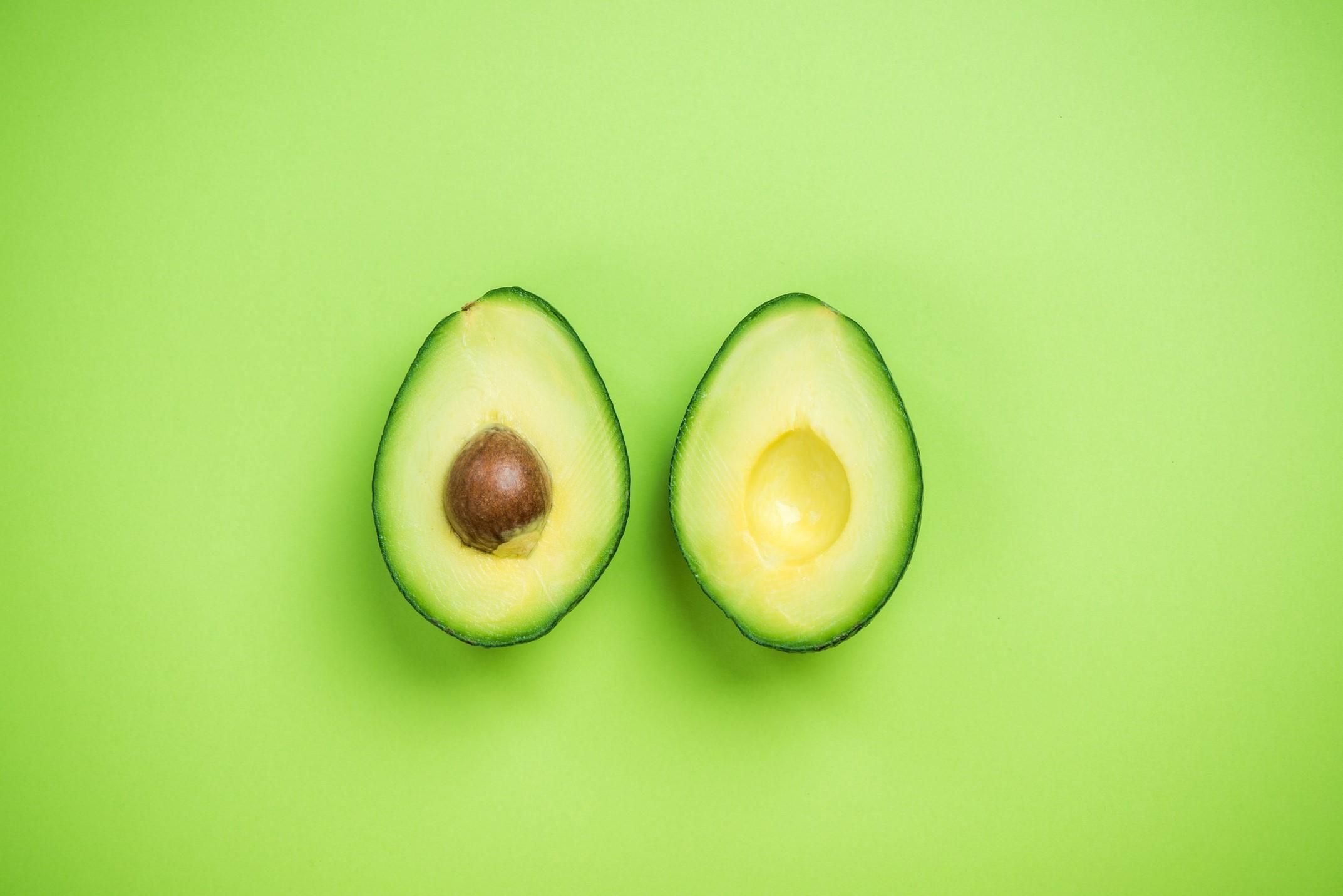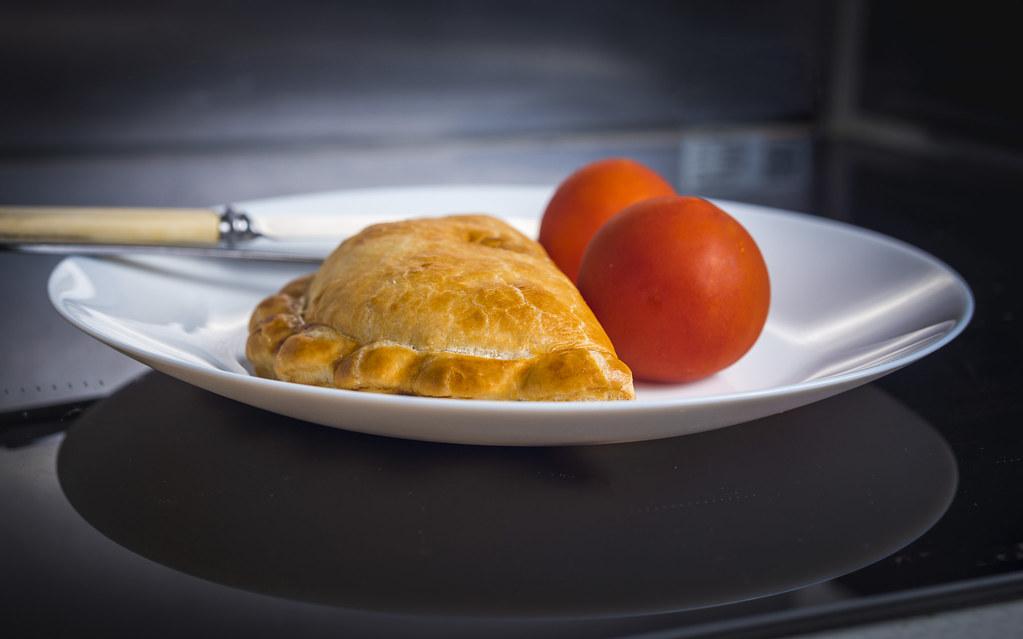In the fast-paced world we navigate daily, where the clock seems to tick faster and the to-do list grows longer, finding ways to nourish ourselves while maintaining energy and focus is paramount. Imagine a world where hunger pangs don’t dictate your day, where every meal fuels not just your body, but also your spirit, allowing you to thrive rather than just survive. Welcome to the art of meal planning with a twist—crafting a culinary roadmap designed to keep you feeling satisfied and energized long after the last bite. This isn’t just about calories and macros; it’s about embracing a lifestyle that celebrates fullness in every sense. Join us as we explore the secrets to creating a meal plan that not only fills your plate but also fulfills your life, leaving you optimistic, vibrant, and ready to conquer whatever comes your way.
Mastering the Art of Satiety: The Science Behind Feeling Full
Unlocking the secret to lasting fullness involves more than just piling your plate high with any available foods. It’s about strategically combining nutrients that work harmoniously to stave off hunger pangs and keep energy levels steady. Protein is a powerful ally in this quest, taking longer to digest and thereby keeping you satisfied. Think lean meats, eggs, and plant-based options like beans and lentils. Fiber plays a similar role, adding bulk to your meal and slowing digestion. Opt for whole grains, vegetables, and fruits to make sure you’re getting your fill.
Another crucial component is healthy fats. They not only add flavor but also enhance the feeling of fullness. Incorporate avocados, nuts, and olive oil to make your meals more satisfying. Hydration also can’t be overlooked; sometimes thirst masquerades as hunger. A glass of water before meals can significantly reduce calorie intake. Here’s a quick checklist for a satiety-boosting meal plan:
- Include a source of lean protein.
- Incorporate high-fiber foods.
- Add healthy fats for flavor and fullness.
- Drink water before and during meals.
With these tips, you’re on your way to crafting a meal plan that not only nourishes your body but keeps you comfortably full until your next meal.

Choosing the Right Ingredients: Power Foods for Lasting Satisfaction
To create a meal plan that keeps hunger at bay, incorporating power foods is essential. These foods are packed with nutrients and offer the right balance of protein, fiber, and healthy fats, ensuring you stay satisfied for longer. Consider adding the following ingredients to your meal plan:
- Quinoa: A complete protein that is also rich in fiber, making it a great base for salads and bowls.
- Avocados: Packed with healthy fats, they not only enhance the flavor of dishes but also help in keeping you full.
- Chia Seeds: These tiny seeds expand in your stomach, creating a feeling of fullness. They’re perfect for smoothies or as a topping for yogurt.
- Legumes: Beans, lentils, and chickpeas are excellent sources of plant-based protein and fiber, making them ideal for soups and stews.
- Nuts and Seeds: Almonds, walnuts, and flaxseeds offer a satisfying crunch along with essential nutrients.
By strategically incorporating these ingredients into your meals, you can craft a diet that not only delights your taste buds but also keeps your energy levels stable throughout the day.

Crafting Your Plate: Balanced Meals for Energy and Fulfillment
Designing a meal plan that sustains your energy throughout the day can be a rewarding journey of discovery and creativity. The key lies in balancing macronutrients to keep hunger at bay and energy levels steady. Start by incorporating a variety of whole foods that are rich in fiber and protein. Think of vibrant vegetables, whole grains, and lean proteins as the foundation of your meals. These components not only provide essential nutrients but also help maintain a sense of fullness and satisfaction.
To craft meals that keep you satiated, consider these essential tips:
- Mix Protein and Fiber: Combine sources like beans, quinoa, or chicken with leafy greens or colorful vegetables.
- Healthy Fats: Include avocados, nuts, or olive oil to enhance flavor and satiety.
- Mindful Portions: Focus on portion sizes that satisfy without overwhelming, allowing your body to process and enjoy each meal.
- Hydration: Complement your meals with plenty of water to support digestion and prevent overeating.
By thoughtfully combining these elements, you create a nourishing plate that fuels both body and spirit, making each meal an opportunity for joy and energy.

Mindful Eating: Savoring Each Bite for Greater Satisfaction
Incorporating mindful eating into your meal plan can transform your dining experience and enhance your overall satisfaction. By focusing on the sensory experience of eating, you can make each meal more fulfilling. Start by choosing foods that are rich in nutrients and naturally satiating. Whole grains, lean proteins, and healthy fats are excellent choices that help you feel fuller for longer. Consider these elements when crafting your meal plan:
- Colorful Vegetables: Add a variety of vibrant vegetables to your plate. They not only provide essential vitamins and minerals but also make your meals visually appealing, encouraging you to savor each bite.
- Balanced Portions: Aim for a balanced plate with appropriate portions of each food group. This approach ensures that you receive a range of nutrients, promoting a sense of fullness and satisfaction.
- Mindful Breaks: Take small pauses between bites to truly appreciate the flavors and textures of your food. This practice can prevent overeating and help you better gauge your hunger levels.
By embracing these strategies, you can cultivate a deeper connection with your meals and enjoy a more satisfying dining experience. Remember, the key to mindful eating is to be present and attentive, allowing each bite to nourish both body and soul.



